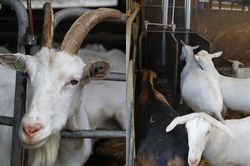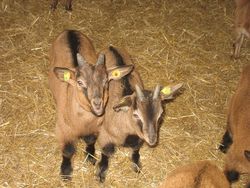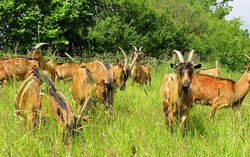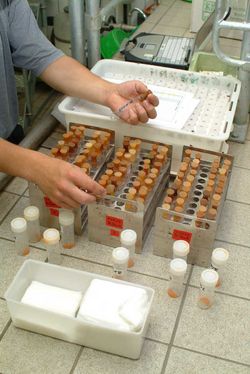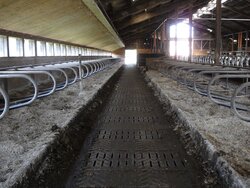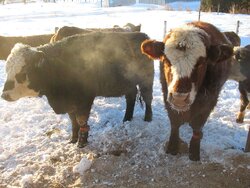Nutztierethologie
- Direktbeobachtung
- Videoaufzeichnung und Auswertung
- ALT-Pedometer und
- Real-Time-Location-System RTLS
zur automatischen Verhaltenserfassung (Ortung)
Umweltmesstechnik
- Photoakustische Gasmesstechnik (PAS)
- Nasschemisches Verfahren zur Ammoniakmessung
Sensortechnik am Tier
- Herzfrequenzvariabilität (HFV)
- Körpertemperaturmessung (Injektate)
- Infrarotthermographie
Datenlogger zur Aufzeichnung von
- Klimadaten
- Licht, Strahlung (UV-A, UV-B)
- Körperkerntemperatur (subkutan bei Rindern)
Ziel der Projekte und Arbeiten im Arbeitsgebiet Verfahrenstechnik - Tierhaltung ist die nachhaltige Verbesserung von Tierhaltungssystemen. Das Arbeitsgebiet Verfahrenstechnik – Tierhaltung arbeitet an der Schnittstelle zwischen Tier, Umwelt und Haltungsumgebung. Daher kommen Methoden und Messverfahren aus den Bereichen Nutztierethologie, Umweltmesstechnik sowie elektronische und optische Messverfahren zum Einsatz. Die Bewertung von Tierhaltung und Technik, bezogen auf das Tierwohl und die Umweltwirkung, findet ganzheitlich statt. Optimal ist es, wenn sich Vorteile für die Umwelt, wie z. B. saubere Laufflächen im Kuhstall, gleichermaßen positiv auf die Klauengesundheit der Milchkühe auswirken.
Unsere aktuellen Forschungsschwerpunkte sind Ammoniak-Emissionen aus frei gelüfteten Ställen mit Ausläufen und Fragen der Tiergerechtheit von Haltungstechnik und Gebäuden für Rinder und kleine Wiederkäuer.

![[Translate to English:] [Translate to English:]](/media/_processed_/8/e/csm_Bildschirmfoto_2021-03-03_bearb_fc48ac88bf.jpeg)
![[Translate to English:] [Translate to English:]](/media/_processed_/8/e/csm_Bildschirmfoto_2021-03-03_bearb_ba3ec0e9d7.jpeg)


